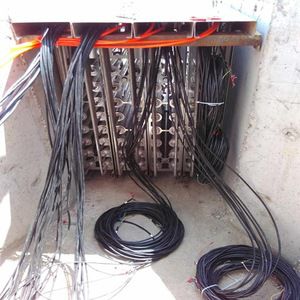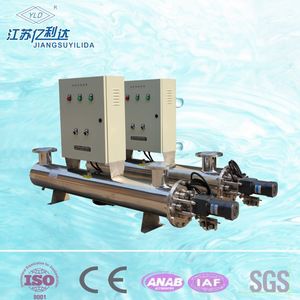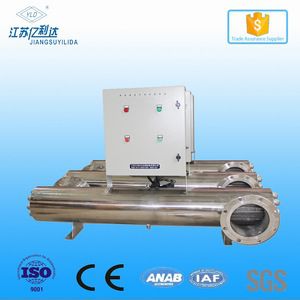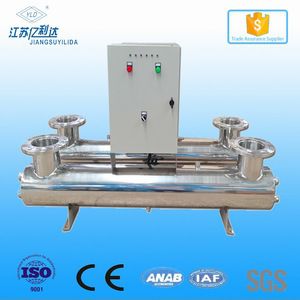Drinking Water UV Sterilization Device Auto-cleaning UV-C Light Sterilizer
Product Features
Effective: Virtually all microorganisms are susceptible to UV disinfection
Automatic: Continuous or intermittent disinfection without special attention
Fast: Water is ready for consumption as soon as it leaves the cell
Easy: Simple installation and maintenance. Minimum space requirements
Safe: No danger or way of overdosing, no addition of hazardous chemicals
Economical: Hundreds of gallons of water can be purified for a few cents per day
No Chemicals: No chlorine taste or corrosion problems
Working principle
UV light disinfection is an effective method in destroying micro-organisms in a water stream and an endorsed technology currently being used by a wide range of manufacturers and industries. UV radiation has three wavelength zones: UV-A,UV-B, and UV-C, and it is this last region, the short wave UV-C, that has germicidal properties for disinfection. Ultraviolet systems use low-pressure mercury lamps that emit UV light in the range of 254nm that attacks the microorganism and stops the microorganism's ability to function and reproduce.

However, the organisms must be free-floating and travel through the UV sterilizer unit for the sterilizer to work. It has no effect on organisms attached to fish or rocks because they do not flow through the unit and cannot be exposed to the UV light, pretreatment may need be added to the water system. Prefiltration is required to remove color, turbidity, and particles that shield microorganisms from the UV source.

Water Quality (Feed in)
Water quality plays a major role in the transmission of germicidal UV rays. It is recommended that the water does not exceed following maximum concentration levels
Maximum Concentration Levels (Very Important)
Iron | ≤0.3ppm(0.3mg/L) |
Hardness | ≤7gpg(120mg/L) |
Turbidity | ≤1NTU |
Manganese | ≤0.05ppm(0.05mg/L) |
Tannins | ≤0.1ppm(0.3mg/L) |
UV Transmittance | ≥750‰ |
Effectively treating water with higher concentration levels than listed above can be accomplished, but may require added measures to improve water quality to treatable levels. If, for any reason, it is believed the UV transmission is not satisfactory, contact the factory.
UV wavelength (nm)
DOSAGE is the product of intensity & time dosage=intensity*time=micro watt/cm2*time=microwatt-seconds per square centimeter (μW-s/cm2) Note:1000μW-s/cm2=1mj/cm2(milli-joule/cm2) |
As a general guideline, the following are some typical UV transmission rates (UVT)
City water supplies | 850-980‰ |
De-ionized or Reverse Osmosis water | 950-980‰ |
Surface waters(lakes, rivers, etc) | 700-900‰ |
Ground water(wells) | 900-950‰ |
Other liquids | 10-990‰ |

Technical Parameter
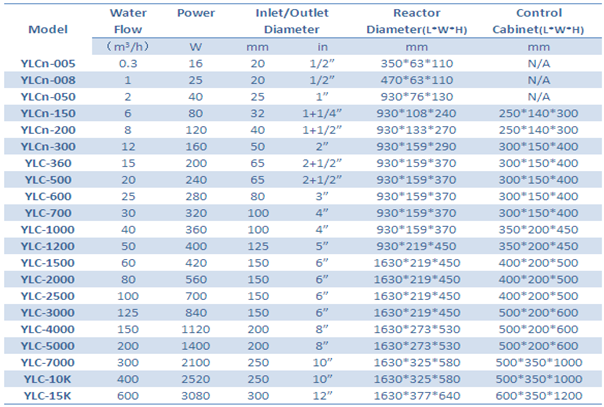
Customization Available
Application
Ultraviolet water purification systems are used in many applications that includes home/residential(both well water and municipal water supplies), commercial, and industrial. Here is a list of several applications where the power of UV water sterilizers are commonly used to treat and protect the water supply for contaminates such as bacteria and viruses. UV systems applications include private wells, campgrounds, hotels, bottlers, aquaculture, hospitals, food, cottages, restaurants, breweries, water systems, laboratories, marine, pharmaceutical, dairies and many other applications.
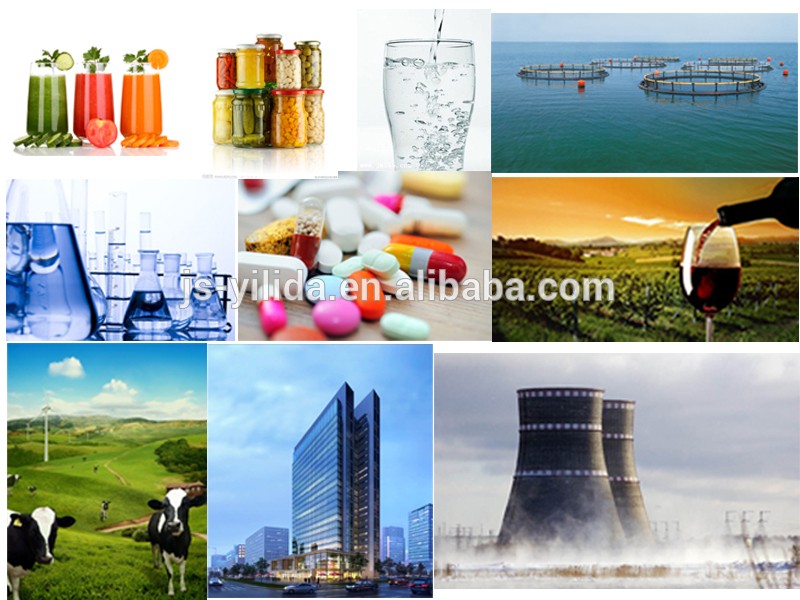
Ultraviolet water purification systems are used in many applications that includes home/residential(both well water and municipal water supplies), commercial, and industrial. Here is a list of several applications where the power of UV water sterilizers are commonly used to treat and protect the water supply for contaminates such as bacteria and viruses. UV systems applications include private wells, campgrounds, hotels, bottlers, aquaculture, hospitals, food, cottages, restaurants, breweries, water systems, laboratories, marine, pharmaceutical, dairies and many other applications.
Commercial Water Treatment Using 254nm UV Light Sterilizer
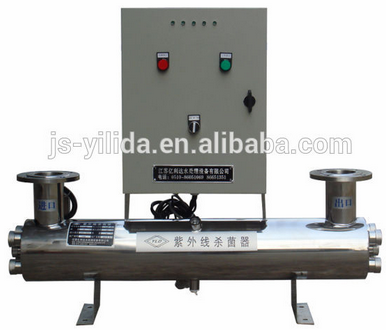
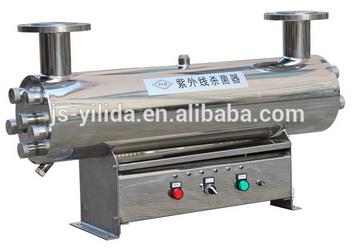
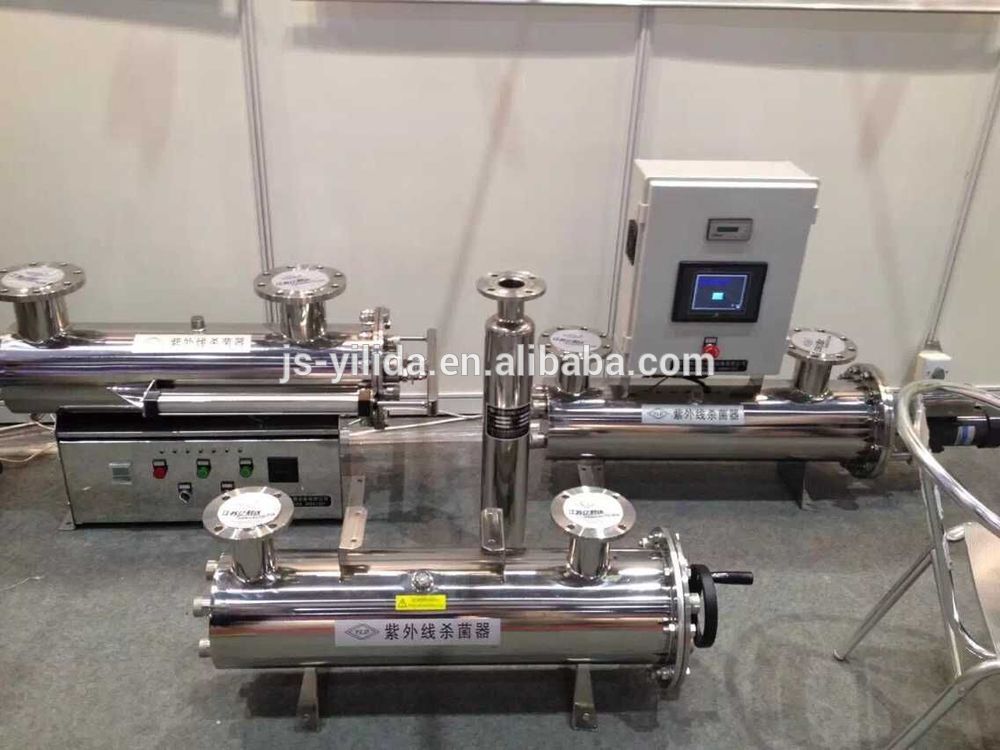

Drinking Water UV Sterilization Device Auto-cleaning UV-C Light Sterilizer
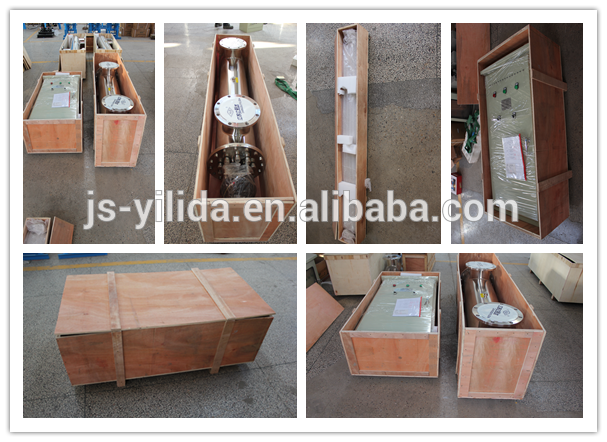
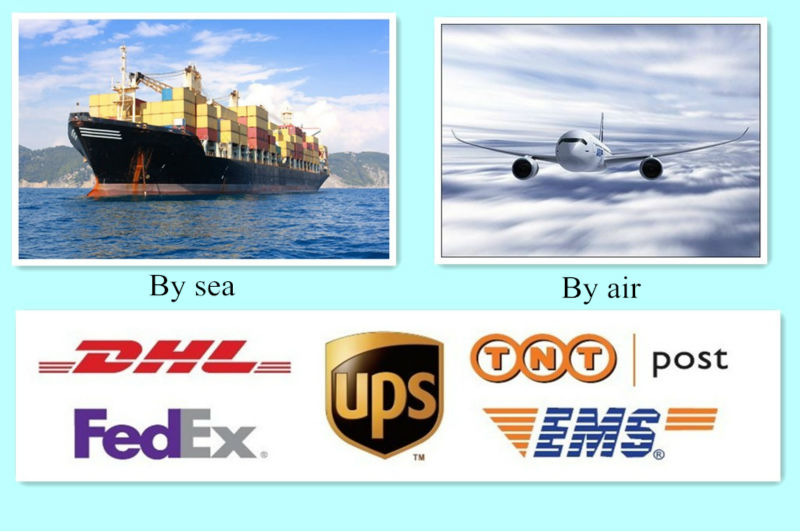



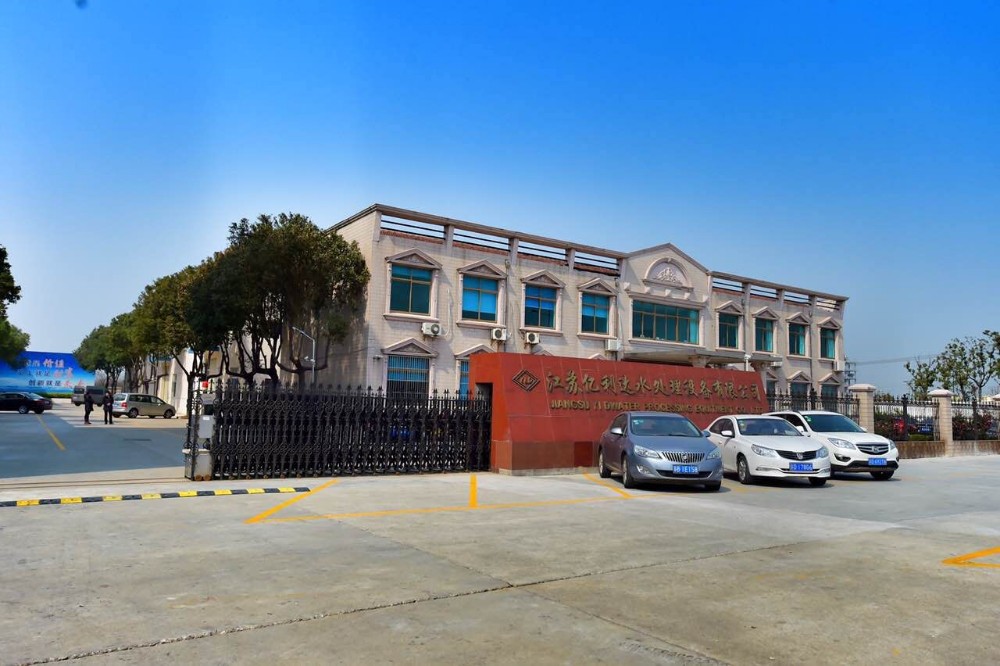
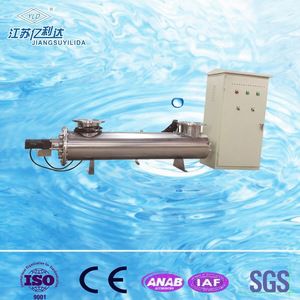
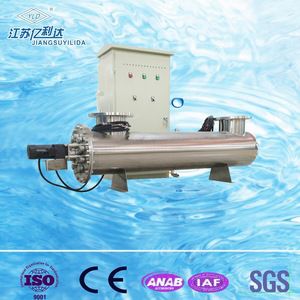
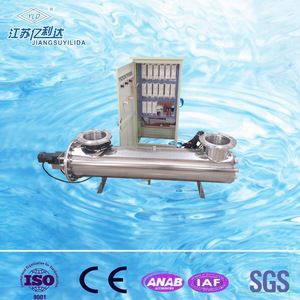
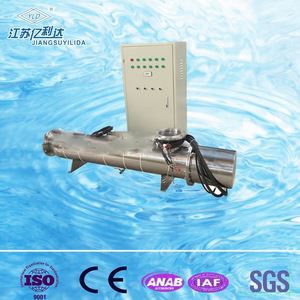
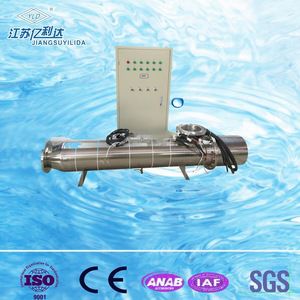
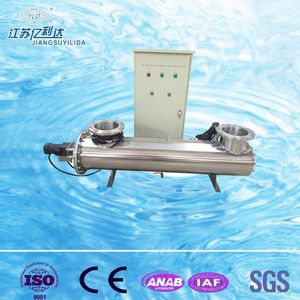
 China
China